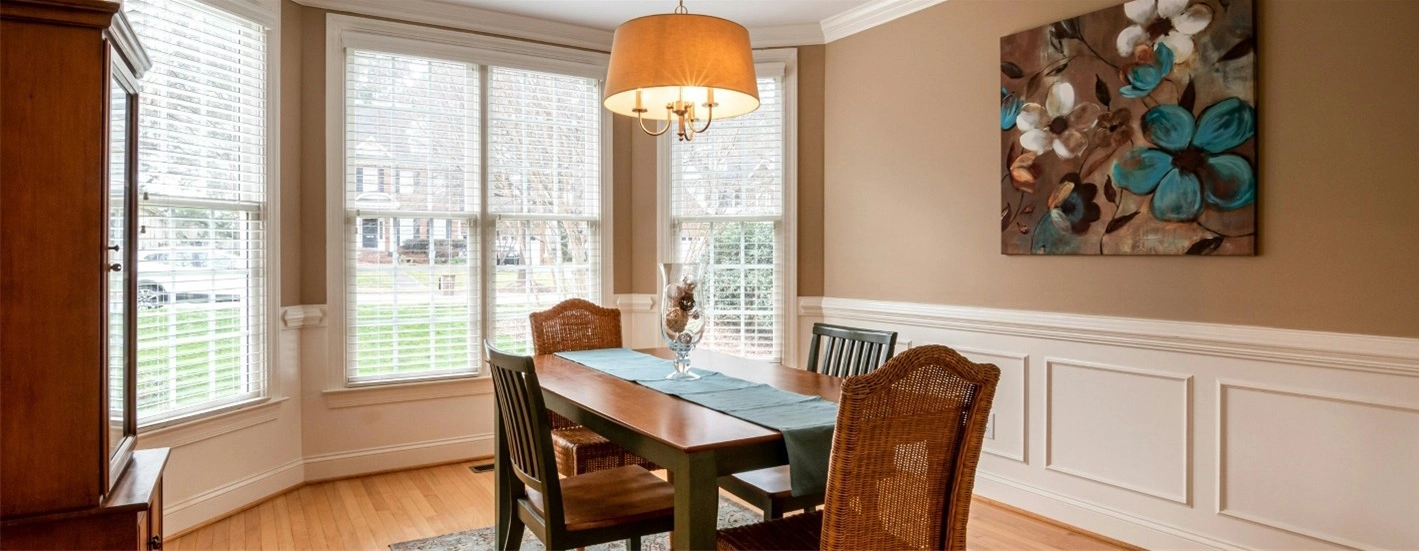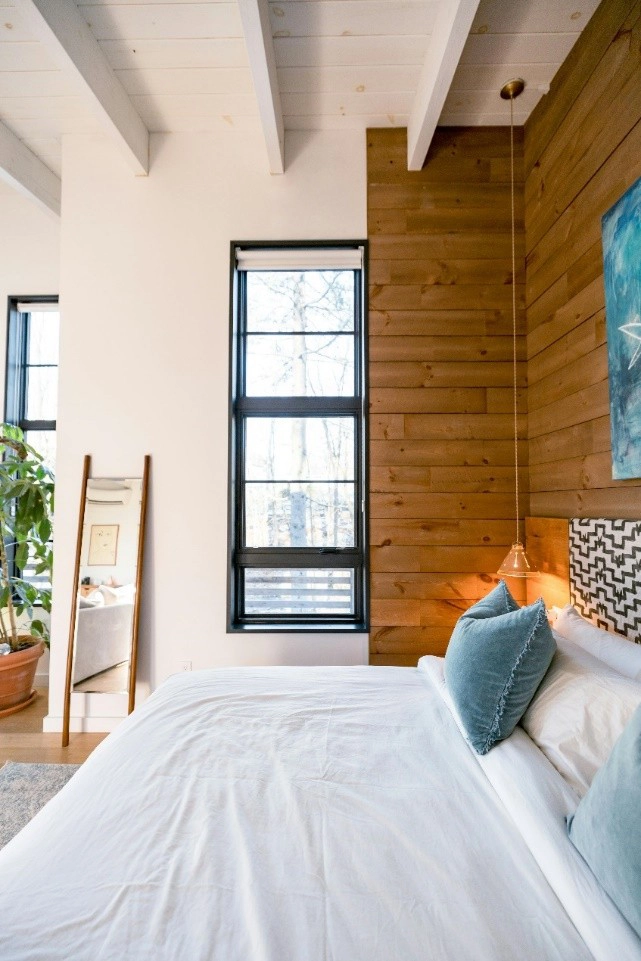
It’s an expensive market out there, to put it mildly.
If you’re looking at buying a home, you might understandably wonder: Can home prices keep appreciating? Will my home be a good store of value, as well as a good place to live?
In Style: Flexible Zoning
Part of the value will always depend on what happens in the surrounding area. Are there shops? Is transit easy, and can you walk to the grocery store? Are stores hiring? Are kids and parents happy with their schools? And then there’s the actual style of home you buy. Condo, freestanding home, efficient home… According to industry watchers, what’s likely to go up in price?
Perhaps surprisingly, one sign a home will keep its desirability relates to flexible zoning laws. High density is finally in.
Is the area seeing condo clusters or townhomes in areas that once had only traditional houses? That signals more effective land use, and probably other amenities, too. It’s good to show buyers the places near their homes where they can meet people, read, work out, dine, and do social things.
And on a zoning-related note…extra cottages and basement apartments are hot. Homes with apartments or accessory dwelling units are increasingly sought-after because they offer the potential for the deed holder to earn income or house extended family. Flexible zoning empowers buyers to do more.
Scarcity Value: The Elusive Starter Home

Starter homes are hard to come by these days. And that adds value to the modest home.
One reason for the scarcity of homes for first-timers? Corporate investors have been buying them up. Another reason? People who do own starter homes have not wanted to sell them back into the market. The interest rates on loans would have to drop below 6% for many owners to let go of their homes if they don’t absolutely have to relocate. And with inflation as it is in 2025, rates are unlikely to be cut down to that level any time in the next few years.
We’ll see what happens with inflation. Not even the central bank leaders can tell us for sure. Meanwhile, a strategy for maximizing the value of real estate is buying a modest home, whether as a primary residence or a rental property. The home will have lower insurance premiums and less burdensome property taxes. That’s just what so many up-and-coming buyers will seek out in the decades ahead.
If there are adaptable areas in the home, suitable for work, play, and bringing friends together, so much the better. The appeal of the home office is giving way to spaces in homes that can suit any purpose.
Concerned about a recent lull in the market? Home appreciation takes time, and it doesn’t go in a constant upward line. But remember that real estate prices do tend to rise in the long run. The bulk of market forecasts we’re seeing now indicate a strong potential for homes to appreciate in value throughout the rest of this decade, at least. For example, U.S. News & World Report, citing industry research, forecasts a 13-14% rise in property values over a five-year period.
In doubt? Zoom out.
Evergreen: Energy-Saving and Eco-Friendly Homes
Younger buyers want sustainability. They have multiple reasons. Some want low utility bills. Many want to hold their personal environmental impacts in check. No matter the reasons on buyers’ minds, energy efficiency will continue to matter to the market.
Walkability, eco-efficient construction, low-carbon living… all of these have entered the mainstream. Here again, accessible public transit is a plus.
U.S. News & World Report has looked at data from the National Association of Home Builders and other market watchers. The publication sees the potential for the new generations of buyers to “return to urban areas with robust public transit systems and ride sharing options,” as many do not want to be car owners. Here again, they have multiple reasons. One, of course, is the respect for walkable places that the younger generations have. Another is the high cost of owning cars. U.S. News & World says keeping a car could soon become as expensive as paying off a mortgage. Electric cars, with their AI systems and software subscriptions, are not cheap. And each year the costs of auto insurance goes up overall.
For energy efficiency, we can look to homes with shared walls (townhomes and many condo properties), manufactured homes, and modular homes with smart features. Demand for manufactured homes is expected to strengthen. Look for more homes built with prefabricated material. Look for tech that helps residents cut down on their household waste and gas emissions.
What about resilience in the era of climate change? Awareness is key.
Neutral No More: Personality Is Now a Plus
“Neutral” used to be the keyword for sellers to keep in mind. Staging was done with simple, clean looks and none of the seller’s personal effects. There’s been a change.
Now, it’s OK to treat buyers to some personality in a home. It’s OK for a seller to present a home as it really is, with a variety of furnishings and unique interior décor.
In 2025 and beyond, this is a trend to watch. It could hold true on the larger scale as well. Neighborhoods with a little quirkiness stand out. Historic and unusual homes are few and far between, and many of today’s buyers love to find them.
Another reason for this shift in preferences will be the practical one: Getting new stuff could get expensive. So why not hang onto the design elements that have already worked for the seller? As Nasdaq.com has just observed:
Increased tariffs could lead to higher costs for plumbing fixtures, HVAC parts and red iron steel — a common structural material — thereby pushing housing costs higher for everyone.
Trend watching isn’t just for the fashionable. It’s important to everyone. When homes can be marketed in a way that appeals to today’s buyers, that lessens the financial risk of acquiring a deed, and maximizes its potential value. Future marketability attracts people to buy specific homes, and pick certain neighborhoods and cities.
Important note to our readers: At Deeds.com, we explore current issues related to deeds, market trends, and real estate transactions. This is not a substitute for professional financial or legal advice. Meet with a lawyer or finance pro for individualized guidance.
Supporting References
Rachel Davies for Architectural Digest, from Condé Nast: Need to Know – Seven Real Estate Trends That You’ll See Everywhere in 2025 (Dec. 23, 2024).
Rafaela Stalbalk Klose for GOBankingRates.com via Nasdaq.com: Personal Finance – Eight Things You Should Buy Before Trump Becomes President (Jan. 12, 2025).
Angela Mae for GOBankingRates.com via Yahoo!Finance: Seven Types of Homes Expected to Soar in Value by the End of 2025 (Dec. 16, 2024).
Andrew Lisa for GOBankingRates.com: Five Key Signs Your Home’s Value May Skyrocket in 2024 (Apr. 8, 2024).
Patrick S. Duffy for U.S. News & World Report: 2024-2028 Housing Market Predictions (Jan. 23, 2024).
Deeds.com: Next Five Years – Predictions for the Housing Market (May 20, 2024).
And as linked.
More on topics: Capital gains tax on profits, Home appreciation predictions
Photo credits: Curtis Adams and Andrea Davis, via Pexels/Canva.
